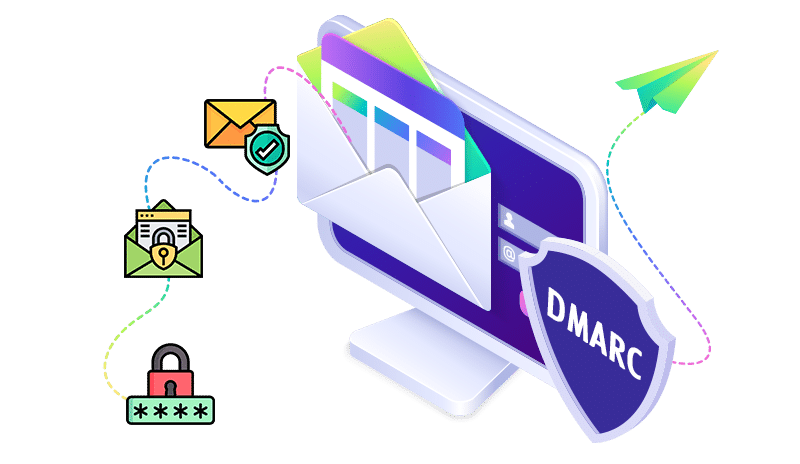Support
DMARC Monitor, as a commercial product, provides structured customer support. We'd expect dedicated support channels, likely including email, a ticketing system, and potentially phone support for higher-tier plans. Documentation would be professional and comprehensive, covering setup, troubleshooting, and feature utilization.
Response times would typically adhere to service level agreements, ensuring timely assistance for critical issues. This level of support is crucial for businesses that rely on external expertise to maintain their email security posture.
Support for DMARC-SRG primarily comes from the open-source community and self-help resources. Users can leverage the GitHub repository for issues, discussions, and community-driven solutions. While a maintainer might offer assistance, there are no formal support channels or guaranteed response times.
This model suits users who are self-sufficient, enjoy troubleshooting, and can contribute to or benefit from community knowledge. It means relying on your own technical capabilities or the goodwill of fellow users, rather than a paid support team.
































 0 / 5(0)
0 / 5(0) 0 / 5(0)
0 / 5(0)

